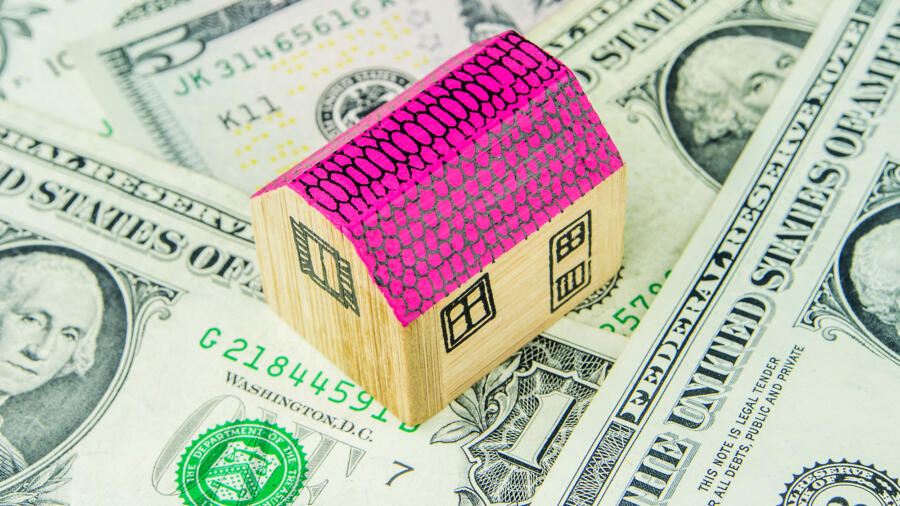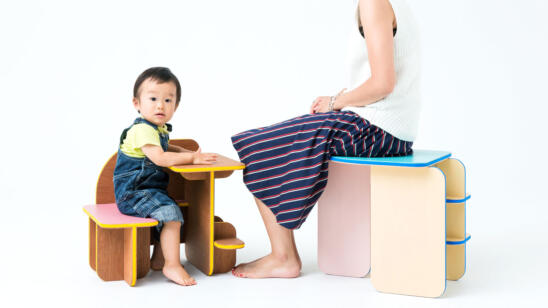Of all the reasons to move into a tiny house, financial savings tops the list for many people. While the median cost of a home in the U.S. is $188,100 (and much higher in many parts of the country), a top-of-the-line tiny home by Tumbleweed Tiny House Co., for instance, costs a third of that.
“Moving into a tiny home appealed to me as a way to simplify my life, but also as a chance to finally be able to build a savings account,” says Alexis Stephens, national coordinator for the American Tiny House Association who lives in a 130-square-foot home she built with her boyfriend for just $20,000. Here are five other savings that come with shrinking your footprint.
Utilities
Tiny home dwellers often have sticker shock—the good kind—when their first utility bills arrive. “The smaller the home, the less energy it takes to heat and cool it,” says Ross Beck, the chief operations officer at Tumbleweed. Beck, who lived in 89 square feet for two years, estimates that the average utility bill for a tiny home is $15 to $20, compared with $100 to $200 for an average-sized home. Including eco-friendly elements like a composting toilet or solar panels in your design can bring bills down even further.
Shopping
When space is at a premium, your entire approach to shopping changes. “Boy, did I use to buy tons of clothes in my old life,” says Stephens, who is currently visiting tiny house communities around the country as co-director of the documentary series Tiny House Expedition. “But now that everything I own has a place, I’m more careful about what I buy.” She points out that downsizing is also a chance to make money. When she moved out of her 900-square-foot house in North Carolina, she sold a big bulk of her possessions at a flea market to help fund the construction of her tiny place.
Taxes and Fees
A tiny home is technically a vehicle, not a house. So what that means for tiny home tenants is there’s no need to worry about property taxes or homeowner’s association fees. While you will likely need to pay to park a tiny home, RV park fees tend to be cheaper than home rentals in the same area.
Food
Like many tiny house dwellers, Stephens and her boyfriend have a smaller-than-average fridge. While that requires them to shop more frequently for food, they’ve noticed their monthly grocery bill has gone way down. “Nothing gets lost in the back of the fridge anymore, so we wind up wasting a lot less food,” she says.
Maintenance
With a tiny house, all the costs that come with typical upkeep go down too, from the price of cleaning products to hiring someone for home maintenance. Which leads to one last—and perhaps unexpected—savings that comes with tiny home life: Leisure time. “Moving into a tiny home gave me an incredible sense of freedom,” says Beck. “Suddenly, instead of vacuuming the whole place or doing projects around the yard, I had time to, say, go have dinner by the lake or work on my book.”


